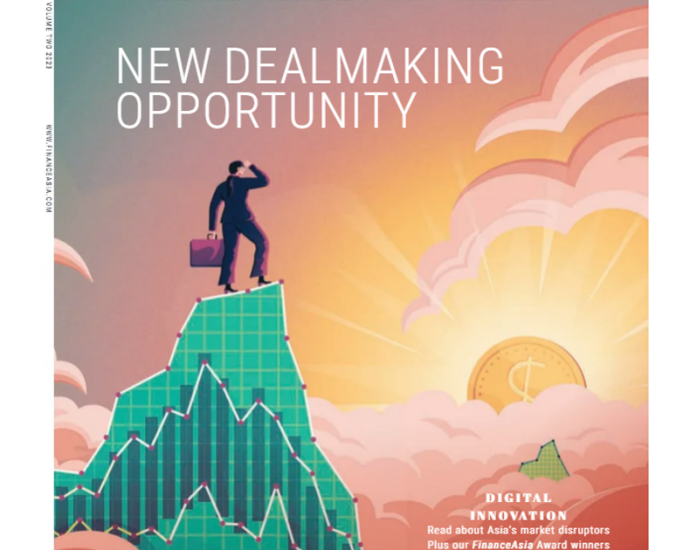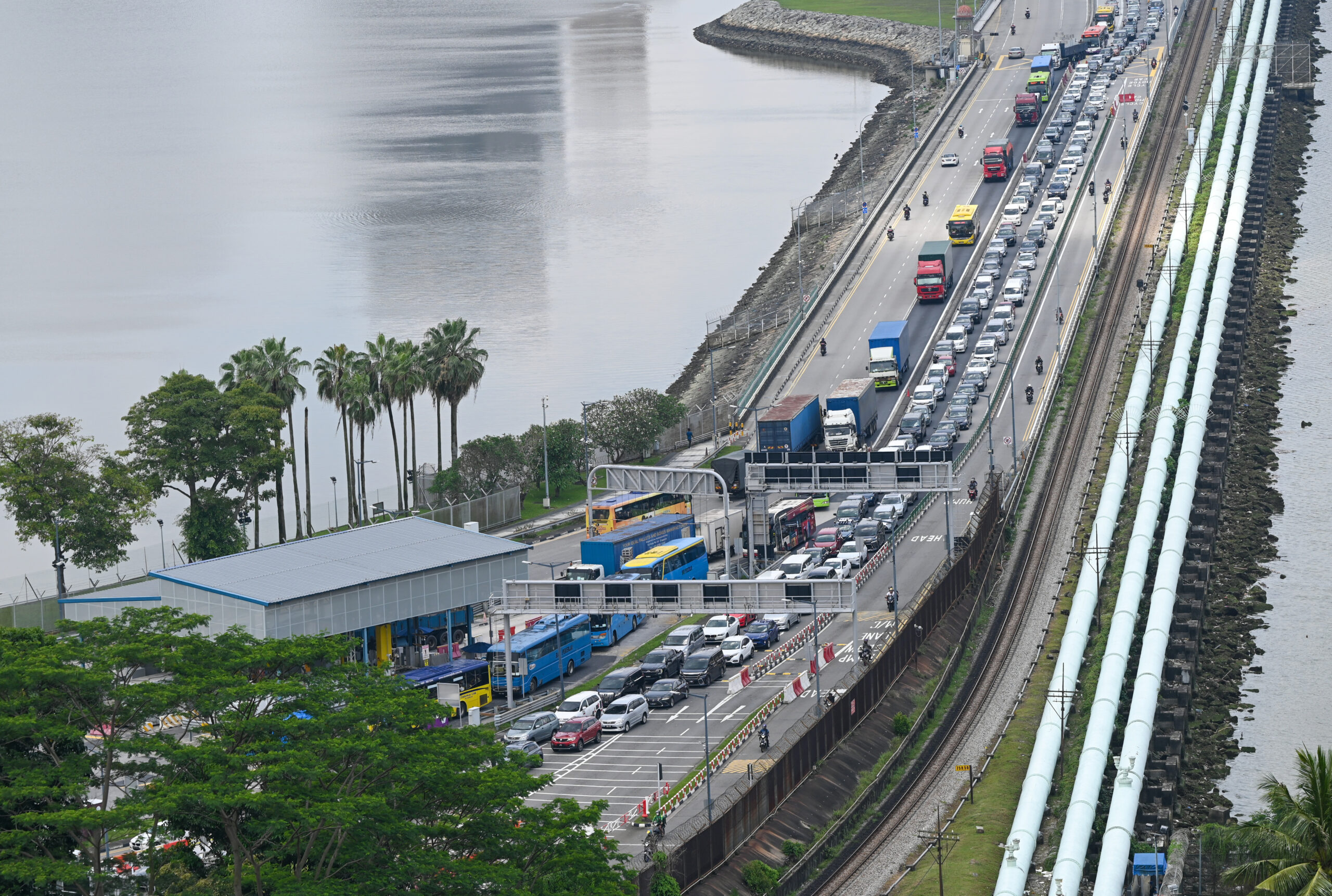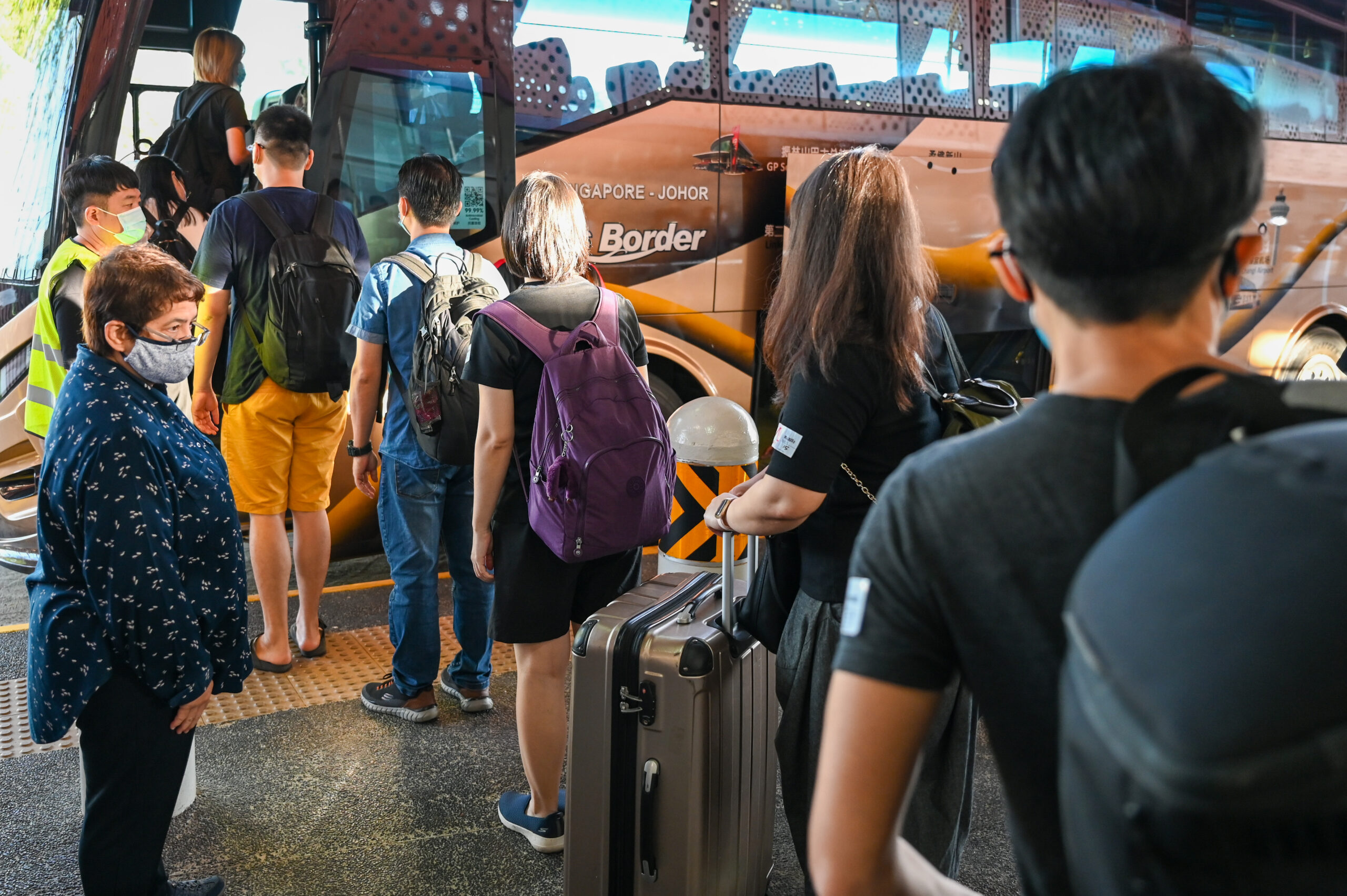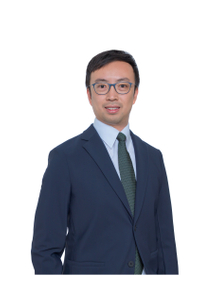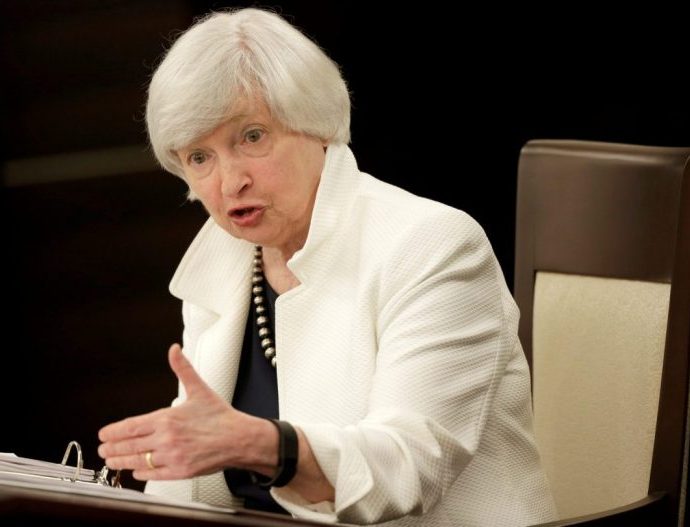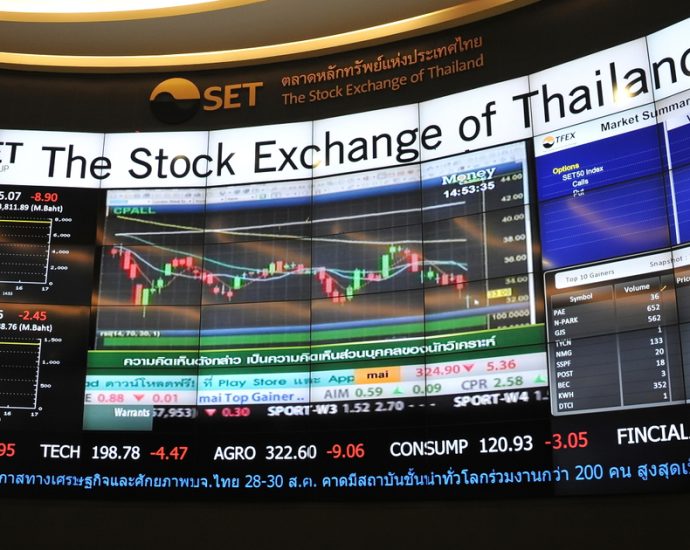SUSTAINABLE FINANCE POLL 2023: Asian debt markets sharpen ESG focus | FinanceAsia

It’s looking increasingly like the time for sustainable finance to shine. After a fall in the year-on-year volume of green, social and sustainability (GSS) instruments globally during 2022, a rebound is forecast this year – to around US$1 trillion in issuance, forecasts S&P Global.
Asia Pacific (APAC) is well-placed to capitalise on this upswing. S&P Global’s projections, for example, are that GSS issuance volume in the region will jump by as much as 20%, to reach US$240 billion, roughly a quarter of the global landscape.
The longer-term story looks promising, too, especially amid ambitious climate goals. Even in South-east Asia alone, about US$180 billion needs to be invested in clean energy projects every year until 2030 to keep the transition journey on track, based on the International Energy Agency’s Sustainable Development Scenario. Putting this in context, from 2016 to 2020, investment in clean energy was $30 billion per year, on average.
Adapting to climate change is certainly a key driver. But according to more than 100 investors and borrowers in APAC who took part in the 6th annual poll by ANZ and FinanceAsia in April and May 2023, multiple dynamics indicate an ever-bigger role for GSS instruments.
Among the key factors is a mix of policy and regulatory initiatives to foster greater transparency. This should, in turn, boost investor demand and issuer appetite. At the same time, as this segment of the region’s capital market continues to mature, active GSS bond investors and issuers can expect greater potential for newer formats of issuance to help bridge social and environmental priorities such as biodiversity and gender equality.
10 top takeaways from the survey
- 92% of all respondents have integrated GSS factors within their strategy, with 77% confirming that the market volatility over the past 12-18 months either hasn’t changed or has increased their focus on GSS.
- Nearly half (49%) of investors now have their own in-house ESG research and analysis capability, a notable increase from the 42% poll finding 12 months ago.
- 70% of investors have some type of experience with sustainable finance, with bonds much more popular than loans.
- While just under one-third of investors have exposure to transition finance instruments, another 45% are interested in investing in them, either in the next year or over the medium to long term.
- Although 92% of investors haven’t yet invested in Orange (gender equality) bonds, half of them say they would do so if they were more widely available.
- 88% of investors and 90% of borrowers believe further regulation of sustainability and sustainable finance would have a positive impact on the market overall.
- 49% of investors and 41% of issuers say a ‘greenium’ of at least 4 bps is typically priced-in to new GSS bond issues.
- Alignment with sustainability objectives, better access to capital and investor diversification are the top three drivers for issuers of GSS instruments.
- Time, availability of targets and set-up cost are the biggest hurdles to issuing GSS instruments.
- Only 19% of borrowers have never issued a GSS instrument – compared with 64% in last year’s poll.
Read more survey findings and analysis here
¬ Haymarket Media Limited. All rights reserved.


